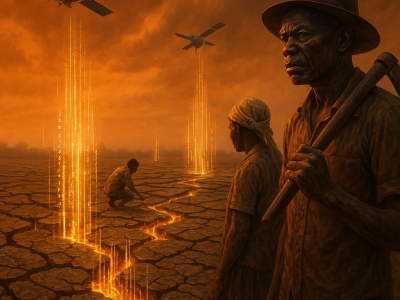Could a handful of elements hidden beneath Ukraine’s soil determine the future of international power? As conflict and reconstruction define the current era, Ukraine’s vast mineral resources are emerging as a linchpin in the global struggle for economic and strategic advantage. The proposal for a minerals deal with the United States is not just about economic recovery—it is a bold gambit that intertwines national security, geopolitical leverage, and the burgeoning green energy revolution.
The minerals deal: More than just resources
Ukraine’s minerals deal with the US centres on access to critical natural resources. The agreement promises funding and technical support for the extraction and processing of elements such as lithium, cobalt, and other rare earth elements (REE). These minerals are essential for manufacturing advanced technology, military equipment, and renewable energy solutions. In the post-war landscape, Ukraine’s access to these resources could jump-start its reconstruction, helping to stabilise the economy and reduce reliance on continuous foreign aid.
The arrangement is far from a straightforward trade. By securing the deal, the US aims to solidify its strategic foothold in Eastern Europe and counter Russian influence. The minerals in question are not only economically valuable but also pivotal for national security. Access to these resources ensures that Ukraine can harness its own potential while contributing to broader global supply chains, a concept increasingly critical in today’s interconnected world.
By tying Ukraine’s reconstruction to access to its mineral wealth, the deal positions these elements as a form of resource diplomacy. The technical aspects of the agreement, from the reinvestment of revenue to the establishment of a Reconstruction Investment Fund, underline how minerals have evolved into currency in a high-stakes geopolitical game.
Zelensky's stance: A war on two fronts
President Volodymyr Zelensky has demonstrated unwavering resolve in navigating the dual challenges of achieving peace and securing Ukraine’s long-term future. His vision extends beyond simply ending hostilities; it involves harnessing the nation’s natural assets to build resilience and independence. Zelensky has argued that rebuilding Ukraine means not only reconstructing its infrastructure but also revitalising its industrial and technological capabilities.
Zelensky has consistently maintained that Ukraine’s mineral wealth is a strategic asset. His government is determined to ensure that any deal reflects not only immediate financial support but also concrete security guarantees. This is critical, as Ukraine’s mineral resources have historically played a significant role in the country’s economy. Before Russia’s invasion, minerals accounted for over 6 per cent of Ukraine’s GDP and made up nearly 30 per cent of its exports. Now, with large portions of these resources under contested control, Zelensky’s insistence on a balanced and protective agreement is a safeguard for future generations.
Critics have warned that such deals could risk tying Ukraine too closely to Western interests. However, Zelensky’s rhetoric reveals a careful balancing act: while he is prepared to negotiate, he is equally firm in rejecting terms that would compromise national sovereignty.
I will not sign what 10 generations of Ukrainians will be repaying.
– Volodymyr Zelenskyy
Trump’s involvement: The deal’s rocky path
The road to this agreement has been marred by controversy, much of it stemming from former President Donald Trump’s outspoken demands. Trump has been vocal in insisting that Ukraine should provide the US with access to its mineral resources as a form of repayment for wartime aid. His administration proposed that 50 per cent of Ukraine’s rare earth elements be allocated to the US, a demand that has sparked intense debate both domestically and internationally.
Trump’s focus on rare earth minerals, or REE, reflects his administration’s transactional approach to foreign policy. Trump asserted that the minerals deal was not merely an economic arrangement but a form of repayment for US support during the conflict. This position, while appealing to some of his supporters, has been met with resistance in Kyiv. The Ukrainian president’s chief of staff revealed that constructive talks had taken place with senior US officials; however, a final agreement remained elusive. The demand for half of Ukraine’s REE was widely criticised as an extractive approach that failed to offer sufficient security guarantees to Ukraine.
In a critical analysis of Trump’s position, Jessica Genauer, a senior lecturer in International Relations at Flinders University, noted, “Trump has a focus on rare earth minerals rather than agricultural products or other resources as they are valuable to the US defence and security industry and provide leverage in US resource competition with China.” Her insight highlights the broader geopolitical implications of the deal, where resource control becomes a tool in a larger strategic contest against China.
Trump’s insistence on acquiring a substantial share of Ukraine’s mineral wealth is emblematic of his broader approach to foreign aid, a method that seeks immediate economic return in exchange for strategic support. Yet, this approach has led to a standoff. Zelensky and his advisers argue that such terms are unacceptable and would impose long-term economic burdens on Ukraine. The clash between these differing visions underscores the complex interplay between economic pragmatism and national sovereignty.
The rise of ree: Strategic implications for Ukraine and the US
Rare earth elements, though not particularly rare in the natural world, are essential for modern technology due to the complexity and energy intensity of their extraction. Ukraine is home to a significant number of REE, including lanthanum, cerium, neodymium, erbium, and yttrium. These elements are critical for a range of applications, from the magnets in wind turbines and electric vehicles to the sophisticated electronics in defence systems. The strategic value of these resources is underscored by their role in advancing renewable energy technologies and modern warfare.
For the US, acquiring access to Ukraine’s REE is not simply a matter of economic gain. It is about ensuring that America retains a competitive edge in the global supply chain, particularly in the face of China’s dominant role in processing these elements. China currently processes between 50 and 75 per cent of the world’s REE, creating a supply chain vulnerability for Western nations. By securing a stake in Ukraine’s mineral reserves, the US hopes to diversify its sources of critical raw materials and reduce dependency on Chinese manufacturing.
The technical complexities of REE extraction add another layer of importance to this deal. The energy-intensive process of extracting and refining these minerals means that the economic benefits must be carefully weighed against environmental and infrastructural costs. Ukrainian scientists and industry experts are well aware of these challenges, which is why any proposed deal must include robust measures to protect the country’s interests and ensure sustainable development.
This focus on REE also ties into the broader global trend toward green energy. As nations strive to meet net-zero emissions targets, the demand for elements such as lithium, nickel, and cobalt is set to surge. The World Meteorological Organisation has warned that meeting these targets could require a threefold increase in the mining of certain critical minerals. For Ukraine, with its significant reserves, this represents both an opportunity and a risk. While the increased demand could fuel economic growth, it also opens the door to exploitative agreements that could compromise national control over its resources.
Global implications: The battle for resources
The ongoing negotiations over Ukraine’s mineral wealth are emblematic of a larger global contest. Critical minerals are increasingly seen as the cornerstone of future economic and military power. As major powers like the US and China vie for control over these resources, the stakes of the Ukraine deal extend far beyond the borders of Eastern Europe.
Ukraine’s mineral wealth is not confined to REE. The country is also rich in graphite, uranium, titanium, and lithium, all of which are crucial for the production of everything from electric car batteries to nuclear power and advanced electronics. Before the Russian invasion, Ukraine was responsible for a significant portion of Europe’s mineral exports. Its vast reserves contributed 7 per cent of global titanium supply in 2019 and a substantial share of Europe’s lithium, estimated at around 500,000 tonnes.
However, the conflict has dramatically altered the landscape. Up to 40 per cent of Ukraine’s metallic minerals are now located in territories under Russian occupation. This complicates any deal, as control over these resources is as much a military issue as it is an economic one. The possibility of losing long-term access to these critical assets adds urgency to Ukraine’s negotiation stance, as the nation strives to balance immediate reconstruction needs with future strategic autonomy.
The involvement of global powers intensifies the implications of this deal. For the US, the minerals agreement is a tactical move to limit China’s dominance in the processing of REE. As both the US and Europe seek to diversify their supply chains, any arrangement that allows American companies greater access to Ukrainian resources will have significant repercussions on global markets. In this context, the deal becomes a barometer of shifting alliances and emerging priorities in a multipolar world.
Moreover, the deal carries the weight of historical grievances and future ambitions. As Ukraine asserts its sovereignty and control over its natural resources, it is also sending a message to the world about the importance of self-reliance in an era of global uncertainty. The challenge is to navigate this transition without falling into the trap of dependency on any single power.
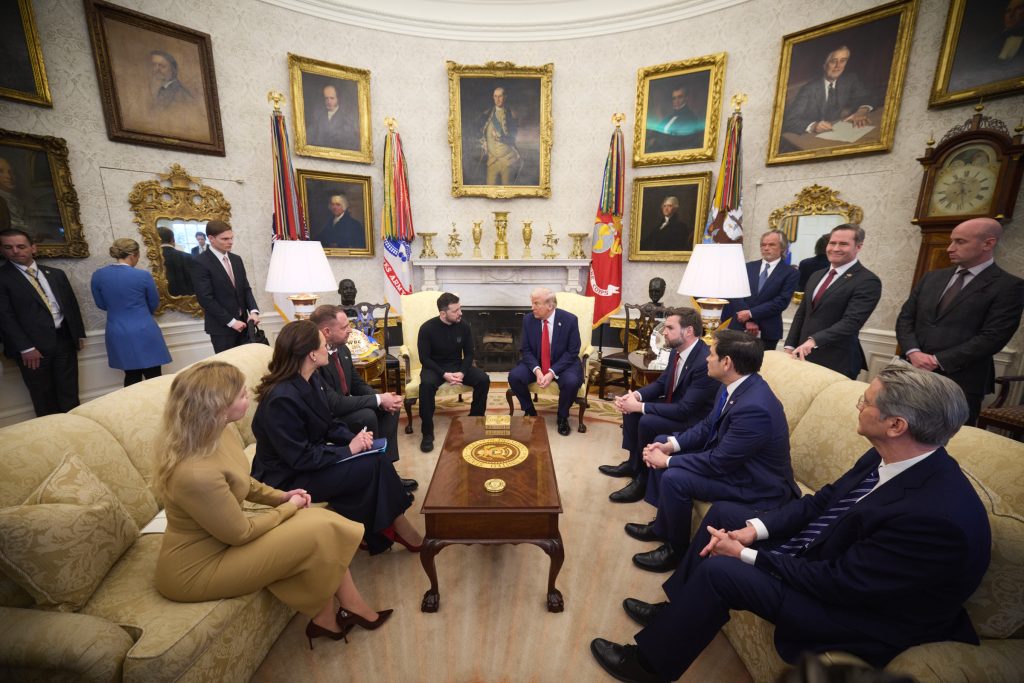
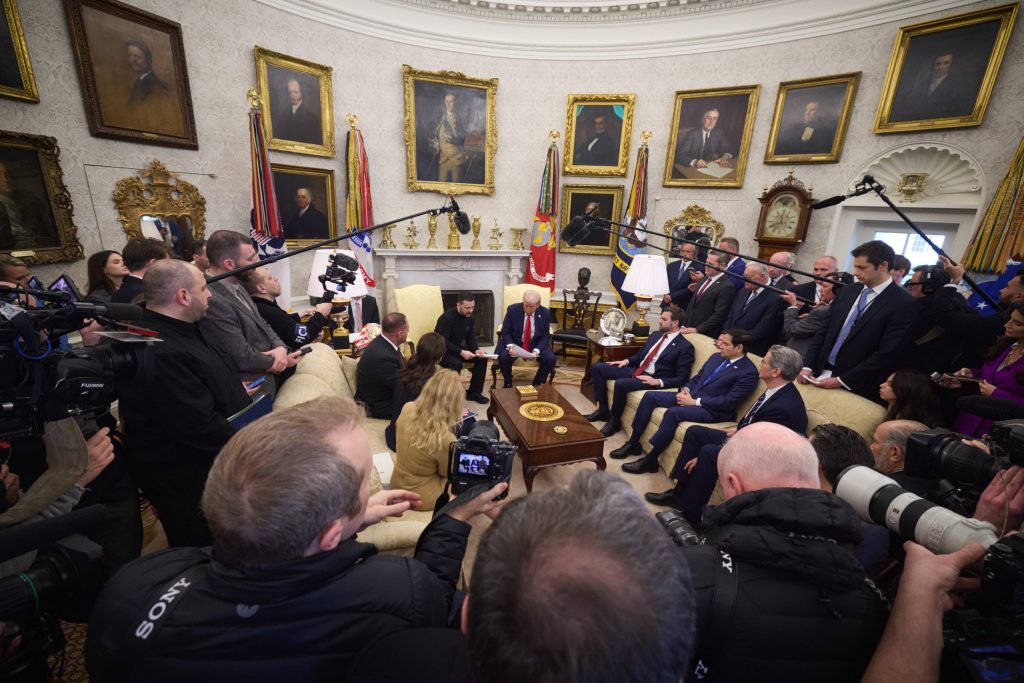
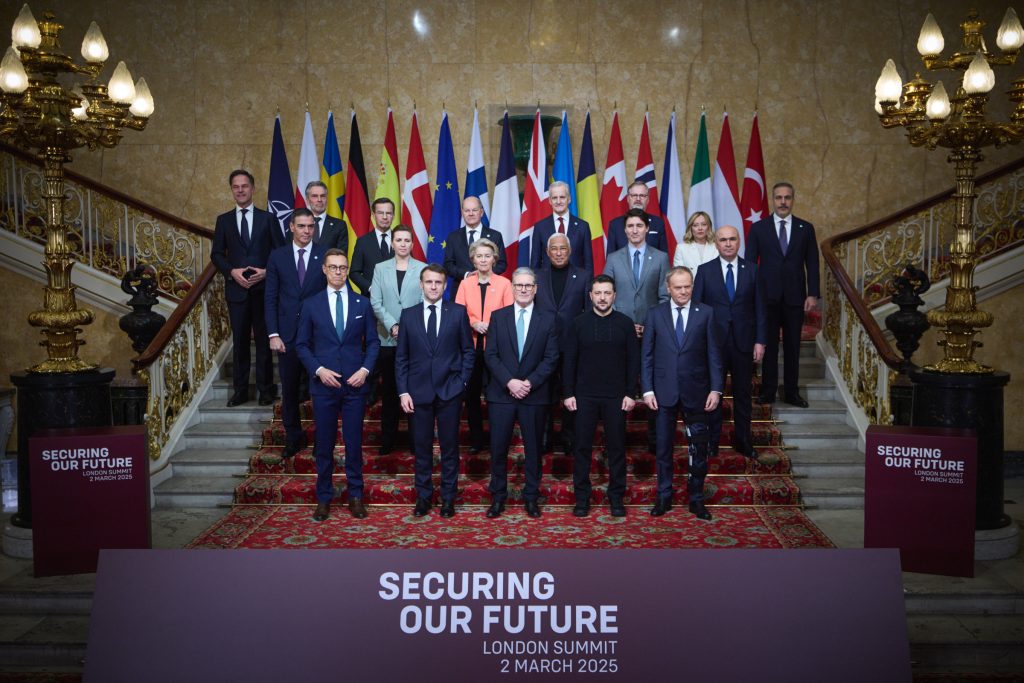
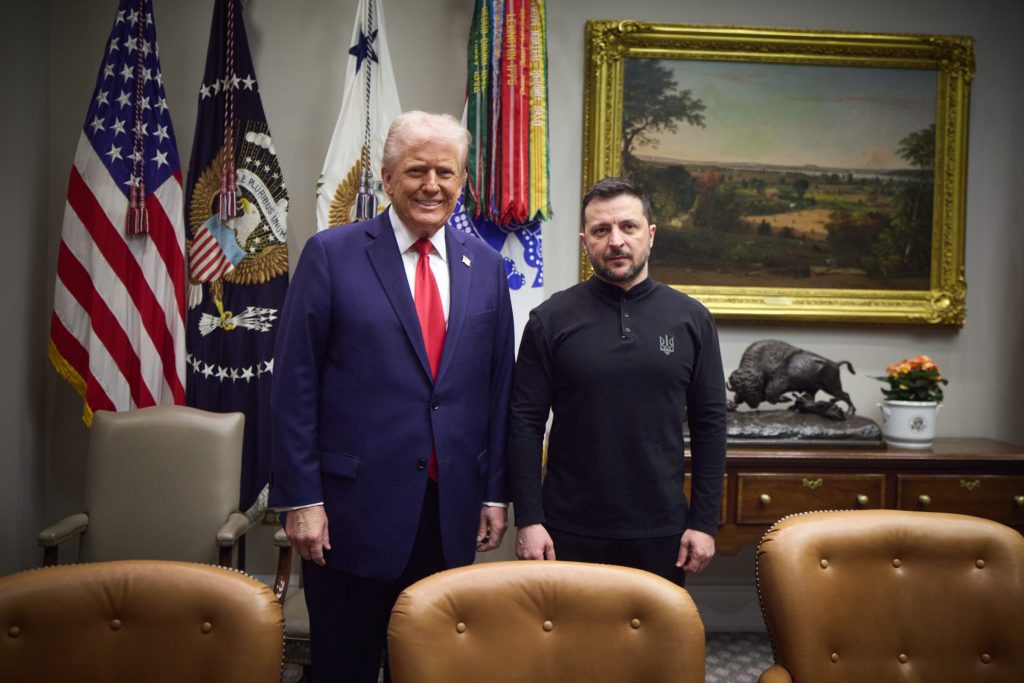

The future of the deal: A turning point for Ukraine?
As negotiations continue, the question remains: will Ukraine sign a deal that cedes half of its rare earth minerals to the United States? Zelenskyy’s government is under immense pressure to secure aid and investment necessary for reconstruction, yet the price of access to critical minerals remains a contentious issue. Ukrainian officials have already rejected proposals that would have given the US an excessive share of these resources, arguing that such terms would place an undue burden on future generations.
The deal’s framework includes provisions for a Reconstruction Investment Fund designed to reinvest revenues from mineral extraction into Ukraine’s development. However, critics argue that the proposed terms risk transforming the country’s natural wealth into a tool of external leverage. In one notable exchange, Zelenskyy emphasised that any agreement must offer concrete security guarantees, a sentiment echoed by numerous analysts who view the deal as a potential turning point in Ukraine’s economic trajectory.
The debate is not merely academic. For Ukraine, the decision has real-world implications for everything from infrastructure investment to national defence. The delicate balance between securing immediate financial aid and preserving long-term resource sovereignty is at the heart of the negotiations. Ukrainian industry experts caution that while the promise of foreign investment is attractive, the conditions attached to it must not undermine the country’s economic independence.
This tension is further complicated by the broader geopolitical context. As the Biden administration and Trump’s remnants in Washington clash over the terms of the deal, Ukraine finds itself caught in a strategic tug-of-war. The proposal to allocate 50 per cent of its rare earth minerals to the US is seen by many as an affront to Ukrainian sovereignty—a transactional measure that risks commodifying the nation’s future. The implications of this approach extend far beyond immediate economic concerns, affecting Ukraine’s place in the global order for decades to come.
A global crossroads: What does the future hold?
At this pivotal moment, the outcome of the minerals deal is poised to influence not only Ukraine’s recovery but also the broader balance of power. The stakes are high for all parties involved. For Ukraine, the challenge is to harness its natural wealth while resisting external pressures that could compromise its sovereignty. For the United States, the deal represents an opportunity to secure critical resources that underpin its defence and technological sectors, especially in the face of China’s overwhelming control over global REE processing.
The intricate web of resource diplomacy, technological innovation, and national security makes this a defining moment for global politics. As the world moves towards a green energy future, the demand for critical minerals will only increase. The strategic importance of these elements is underscored by the World Meteorological Organisation’s projections, which call for a dramatic expansion in mining activities to meet net-zero targets. In this context, Ukraine’s mineral resources are not merely an economic asset, they are a linchpin in the ongoing battle for technological and geopolitical supremacy.
Observers note that Trump’s approach, which emphasises immediate returns and transactional benefits, contrasts sharply with the long-term strategic thinking required for sustainable development. As the negotiations unfold, the eyes of the world are on Kyiv, where every decision could reverberate across continents and shape the future of global supply chains. The deal, and its potential pitfalls, serve as a cautionary tale about the perils of sacrificing long-term security for short-term gain.
With mounting pressure from both domestic constituencies and international partners, Ukraine’s leadership must tread carefully. The balance between accessing vital resources and maintaining national autonomy is delicate, and missteps could have lasting consequences. The minerals deal stands as a stark reminder that in today’s interconnected world, every natural resource carries with it not just economic value, but also the power to redefine the strategic landscape.
As the negotiations draw closer to a resolution, a crucial question remains: can Ukraine secure the support it needs without compromising its sovereignty, or will the pressures of global power politics force it into a deal that future generations will struggle to bear?
References
- Naumenko, U., Matsui, V., & Naumenko, O. (2024). Research and application of unique and rare earth elements in Ukraine: the way to innovation and sustainable development.
- Mykhailov, V. A., Hrinchenko, O. V., & Malyuk, B. I. (2023). Exploration and mining perspectives of the critical elements for green technologies in Ukraine.



